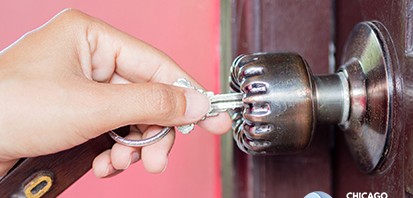Different locks are measured according to different Grades. These Grades help residential and commercial property owners determine what the general security level a lock provides. In this brief blog post, … Continue reading
Category Archives: Lock History
Locks serve a primary purpose of helping protect valuable possessions. From The ancient locks made of rope knots, to contemporary electronic locks, there’s a plethora of lock types in both … Continue reading
Locks have existed for thousands of years – just in different forms. In this blog post, we’ll survey some of the most notable moments in lock history. Ancient India … Continue reading
Skeleton Keys have always carried an element of mystery as they have been central plot devices of many mystery and detective stories. However, despite their shrouded reputation, there’s no magic … Continue reading
Locks are a matter of ancient history – they have existed for thousands of years, since the beginning of society. As history has progressed, the structure and construction of locks … Continue reading


